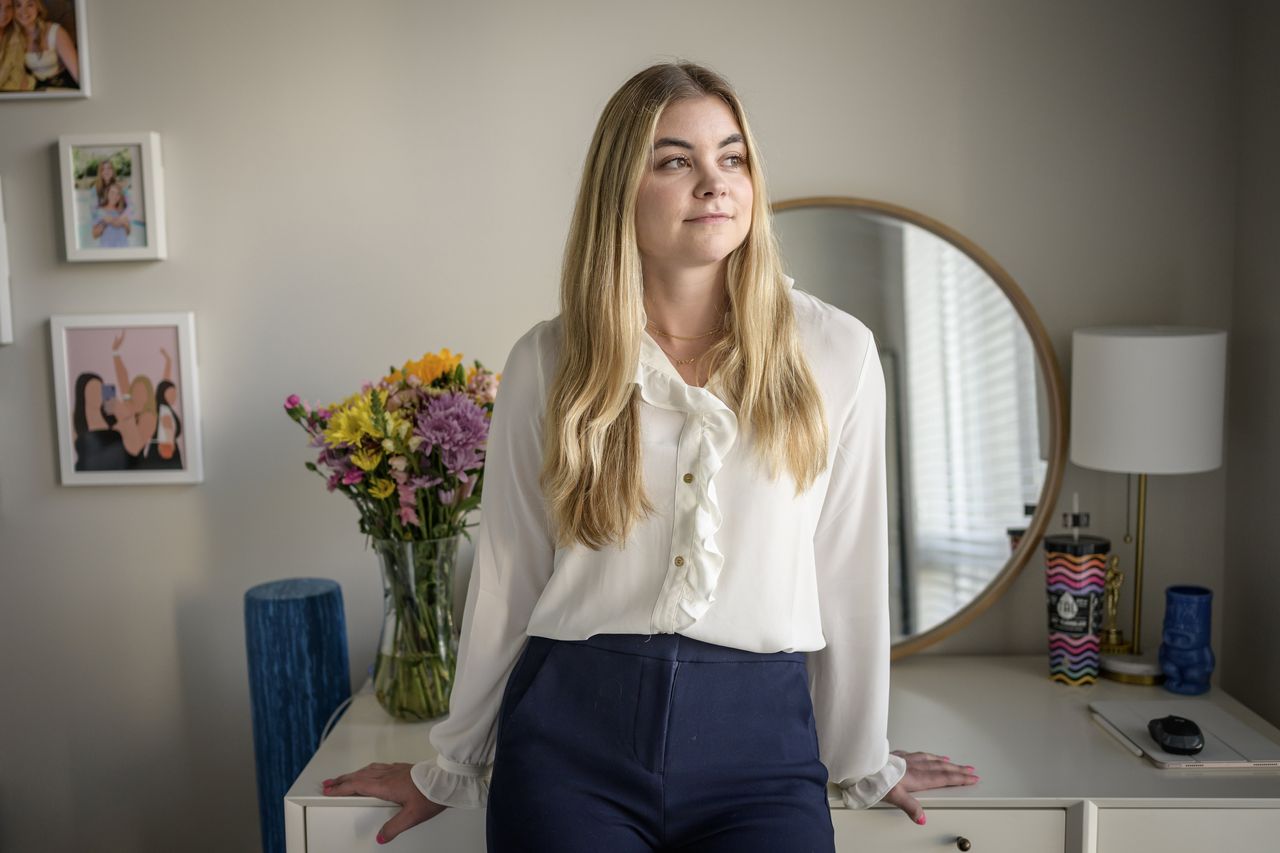Future Returns: Investing in Post-Pandemic Fitness
How investing in health could deliver a substantial figure in return.
Once associated solely with diet and exercise, an entire industry has sprung up around wellness. But traditional health and fitness still make up nearly 65% of the wellness market, which McKinsey pegs at US$1.5 trillion with annual growth between 5-10%.
“Awareness around health broadly is at record levels,” says Jason Helfstein, a senior analyst with the financial services firm Oppenheimer & Co. in New York. “And a lot of this was considered a niche industry probably 10 years ago.”
But wellness is a niche no more, firmly entered into the mainstream consciousness. While the entire category is being disrupted by technology, no area has experienced this more than fitness. Thanks to gym products like Peloton, Mirror, and Tonal that allow users to take classes at home, activity trackers like Fitbit and countless apps, the future of fitness is more self-directed than ever.
Brian Nagel, also a senior analyst with Oppenheimer, says this means a breakdown of the need for physical spaces to workout as “you can get healthy now in places other than physical gyms,”
Last week, Peloton, which sells its own home exercise equipment and class subscriptions, announced a price drop and financing options to encourage new customers. Helfstein anticipates that soon there may be the ability to access Peloton memberships in gyms.
“The thought was they were mortal enemies before Covid-19 and I have a feeling you’re going to see a lot more alignment.”
Oppenheimer’s investment bank describes health and wellness as the leading theme of 2021’s first half—not only because of “an increasing number and volume of capital raises for high-growth, innovative companies in the space,” it said in a report, but due to investors deploying billions in the market.
But institutional investment in the area is still early, as most disruptive companies remain private. “Most are active through late-stage private investments,” Helfstein says, noting there’s also some activity in the special purpose acquisition company market.
Helfstein and Nagel recently spoke with Penta and offered three tips for investors looking to invest in the fitness industry as it enters its late-pandemic phase.
Change Is Here to Stay
Just as Covid-19 is widely expected to have changed online shopping forever, Helfstein feels similarly for wellness platforms. “The genie doesn’t go back in the bottle” post-pandemic, he says. “Even as we emerge from that, some version of those benefits will sustain. Once consumers try something new, they never fully go back to the old way.”
By September 2020, it was estimated global fitness and health app downloads had increased by nearly 50%. Buoyed by pandemic success, Peloton CEO John Foley said last year he thinks it can attract 100 million subscribers post-pandemic.
Shifts expected to be among the most sticky are changes to workout habits, where people integrating workouts during the workday—where they couldn’t before—won’t give up that convenience. Helfstein is convinced companies will find ways to accommodate employees so they can continue to enjoy perks like this, even if they aren’t working from home full-time.
Looking forward, investors should keep an eye on wellness apps and fitness programs with monthly subscription components. “Once you’re spending your time on one of them, it’s really hard for somebody else to get you to switch unless they offer you a pretty big economic discount,” he says.
Look for R&D, Even in Non-Tech Companies
There’s no shortage of media stories proclaiming companies like Nike and Lululemon “tech” companies, due to their growing technological investments.
“Technology is becoming an increasingly key differentiator” across the wellness industry, Nagel says. Fitbit parent Google and Apple are two companies offering fitness apps, while being among the top spending global firms on research and development. That’s why investors need to look at the R&D spending of fitness and wellness companies when choosing investments in this rapidly changing landscape.
“Companies not investing suggests that they are willing to fall behind quickly,” he says. While it’s tough to come up with a magic number, he feels 5% of revenue is a reasonable estimate for companies to devote to R&D.
Keeping up with technology through its Nike Training Club app has helped the athletic gear company be at top of mind for customers in several wellness areas—which is enormously valuable for marketing and customer acquisition. “That’s helping to differentiate them significantly from all the other athletic brands out there,” Nagel says.
Look for Interactive Community Networks
While there’s a large portion of the population that wants to get healthier, Nagel says, what wellness companies battle most is “the tendency for consumers not to adopt this lifestyle.” But all across the internet are examples of companies where an increased amount of users, increased the collective experience. This is a factor which will drive success for fitness companies going forward.
For example, Peloton offers a number of live classes every day, and Strava, a leading privately held social fitness app lets users share progress and offers contests. It even crowns people as “local legends” for completing the most attempts of particular segments on the map.
These sorts of interactions are like the digital evolution of group fitness classes, offering the motivation that users need to continue and the sort of gratification which can entice non-users to start.
One area both Helfstein and Nagel think investors should watch in this area is live virtual fitness training.
“I think that virtual live training wasn’t in a position yet to really take advantage of Covid as an industry,” Helfstein says. “But it’s an area that we think gets more interesting as there’s an increased kind of hybrid work over time.”
 Copyright 2020, Dow Jones & Company, Inc. All Rights Reserved Worldwide. LEARN MORE
Copyright 2020, Dow Jones & Company, Inc. All Rights Reserved Worldwide. LEARN MORE
This stylish family home combines a classic palette and finishes with a flexible floorplan
Just 55 minutes from Sydney, make this your creative getaway located in the majestic Hawkesbury region.
A study suggests that when jobs are hard to come by, the best workers are more available—and stay longer
Could a recession be the best time to launch a tech startup?
A recent study suggests that is the case. The authors found that tech startups that began operations during the 2007-09 recession—and received their first patent in that time—tended to last longer than tech startups founded a few years before or after. And those recession-era companies also tended to be more innovative than the rest.
“The effect of macroeconomic trends is not always intuitive,” says Daniel Bias , an assistant professor of finance at Vanderbilt University’s Owen Graduate School of Management, who co-wrote the paper with Alexander Ljungqvist, Stefan Persson Family Chair in Entrepreneurial Finance at the Stockholm School of Economics.
Drawing on data from the U.S. Patent and Trademark Office, the authors examined a sample of 6,946 tech startups that launched and received their first patent approval between 2002 and 2012.
One group—about 5,734 companies—launched and got their patent outside of the 2007-09 recession. Of those, about 70% made it to their seventh year. But the startups that launched and got their first patent during the recession—about 1,212 companies—were 12% more likely to be in business in their seventh year.
These recession-era firms were also more likely to file a novel and influential patent after their first one. (That is, a patent the researchers determined was dissimilar to patents in the same niche that came before it, but similar to ones that came after it.)
So, why did these recession-era firms outperform their peers? Labor markets played a big role.
A widespread lack of available jobs meant that the startups were able to land more productive and innovative employees, especially in their research and development groups, and then hold on to them. More important, the tight labor markets also meant that the founding inventors—the people named on the very first patent—were more likely to stick around rather than try for opportunities elsewhere.
For startups started during the 2007-09 recession, founding inventors were 25 percentage points less likely to leave their company within the first three years. On average, about 43% of founding inventors in the entire sample left their startup within the first three years.
“Our study really highlights the importance of labor retention for young innovative startups. Retaining founding inventors cannot only help them survive, but also thrive,” Bias says.
This stylish family home combines a classic palette and finishes with a flexible floorplan
Just 55 minutes from Sydney, make this your creative getaway located in the majestic Hawkesbury region.






















